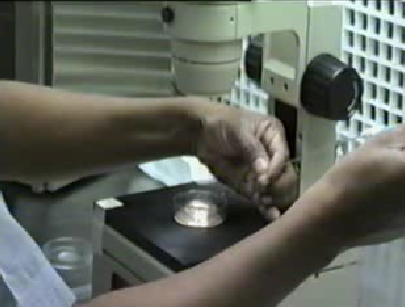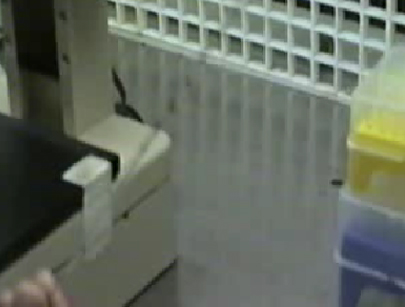VIRTUAL TOUR
- Home
- Tour of Embryology
- Blastocyst
Blastocyst
With the continued culture of embryos for 5 days after retrieval, we are now able to allow nature to differentiate abnormal embryos that will not survive and produce a pregnancy from those that will. This is referred to as blastocyst culture, a procedure that is routinely performed at our centers. Blastocyst transfer refers to transferring these blastocysts to the uterus.
With extended culture of embryos, approximately 50% will continue to develop to day #5 and reach the blastocyst stage. As can be seen in the picture below, a blastocyst consists of an embryo with a large cystic cavity that is surrounded by cells. The large cluster of cells on the right consists of the "inner cell mass" which represents the cells that will eventually form the fetus. The remaining cells will divide and become the chorion and placenta required to support the pregnancy.
It is through this extended culture that embryologists and physicians are able to determine which embryos will provide the best chance of pregnancy. Using blastocysts (embryos which are cultured to day #5) we are able to transfer fewer embryos which we feel will provide the best chance for pregnancy. The result is typically increased pregnancy rates and a decreased percentage of multiple pregnancies.
Not all patients are candidates for blastocyst transfer and accordingly you should discuss the possibility of this procedure with your physician.
Click on the blastocyst image for a video clip :

